Plants To Plant Every Month In 2023
Here’s what to plant every month this year to brighten your home and garden.
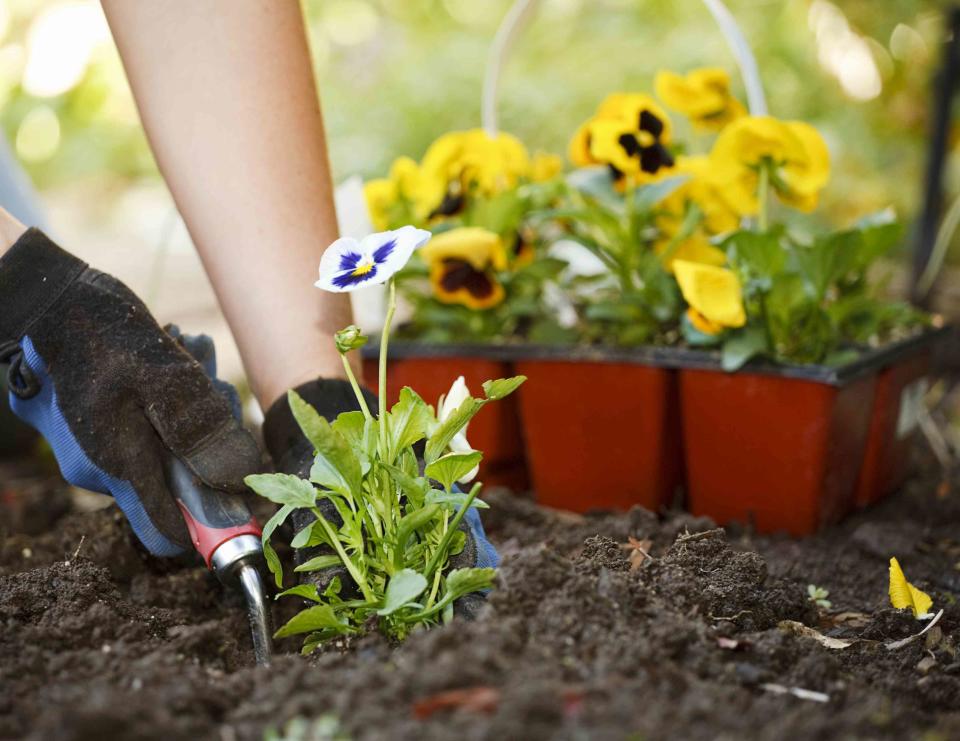
Getty Images
Nobody really loves New Year’s resolutions. They’re tough to keep, usually require a lot of hard work, and they’re often not very much fun, if we’re being honest. But here’s a resolution you’ll actually want to keep: Why not plant something new every month this year to revitalize your home and garden?
If you need an excuse, there’s plenty of research that being around plants is good for us both mentally and physically, including better concentration, improved mood and reduced stress. Plus, experimenting with new plants is half the fun of gardening, both indoors and out. If you tend to grow the same plants every year, this also is an opportunity to expand your plant palette with our month-by-month suggestions.
Whether you plant one (or all of ‘em!), here's our list of favorite annuals, perennials, edibles, and houseplants for every month in 2023.
January: Citrus Tree
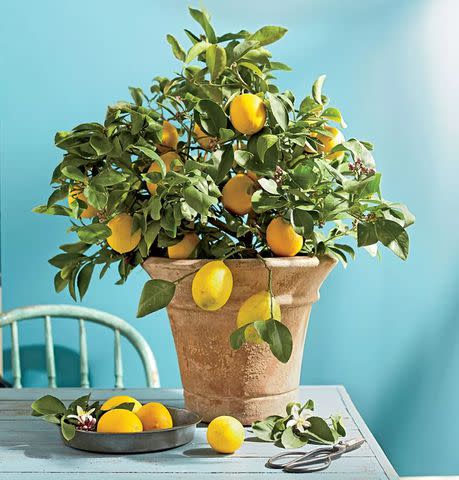
Hector Sanchez
You may not be able to plant much in your outdoor garden in most of the South this month, but you can start your own citrus grove indoors. Dwarf citrus trees, such as calamondin or Meyer lemon, have fragrant white flowers and edible fruit, and they’re not difficult to grow. Give them 8 or more hours of direct sunlight or use a grow light, water when slightly dry, then let them vacation outdoors in the summer.
February: English Primrose
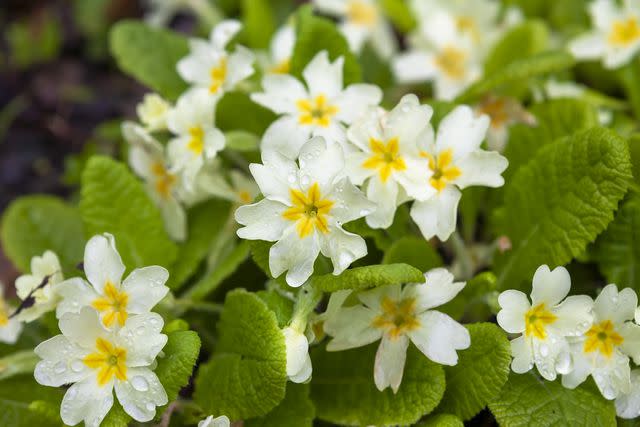
Getty Images
You may be surprised that such exquisite flowers can be so cold-hardy, but English primrose (Primula polyanthus) will put on quite a show from winter to spring. They do equally well in containers or beds, and many types are considered perennials.
March: Bare Root Roses
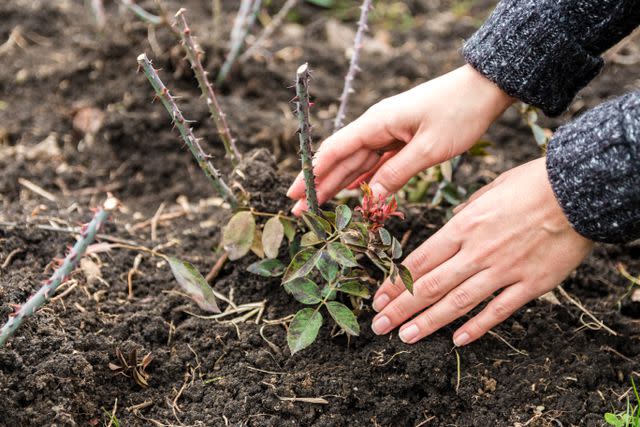
Getty Images
Bare root roses are sold in a dormant state without soil, which means you don’t have the extra weight and cost of shipping in a container. Bare root roses are available in winter and early spring; plant whenever the ground is thawed. Getting them in the ground early helps them establish a strong root system before summer’s extreme heat and drought conditions arrive.
April: Scarlet Runner Beans
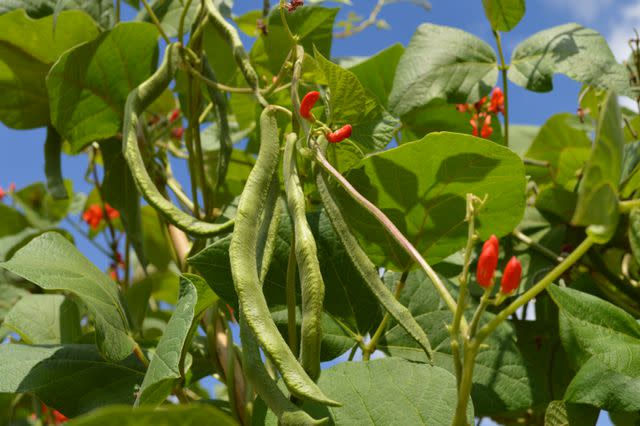
Getty Images
If you want a bean that’s both edible and gorgeous, this is it! This heirloom variety, which grows easily from seed, has lovely red flowers that hummingbirds and bees absolutely adore. It’s a fast grower and can climb to 10 feet or more, given adequate support on a trellis or tower. The beans can be eaten fresh or dried.
May: Cherry Tomato
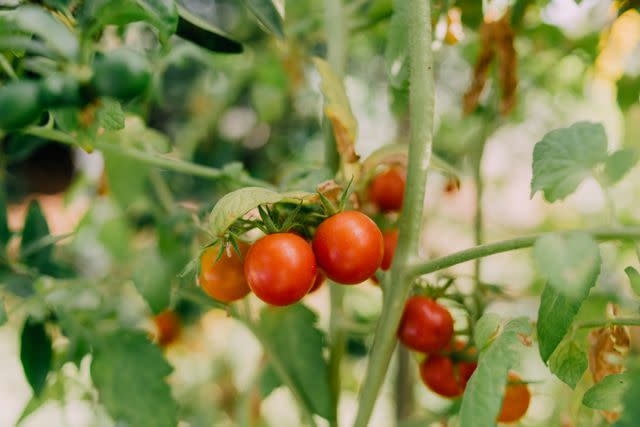
Getty Image
There’s nothing like a tomato fresh out of the garden. But slicing varieties can be a little finicky, falling prey to disease, nutrient deficiencies and insect damage. For the most prolific tomatoes, plant a cherry tomato variety that will keep going until a hard frost; some types also do well in containers so they’re ideal if you’re tight on space. Varieties that do well in the South and that have improved disease resistance include Sakura, Cherry Bomb, and Sunpeach.
June: Columnar Basil
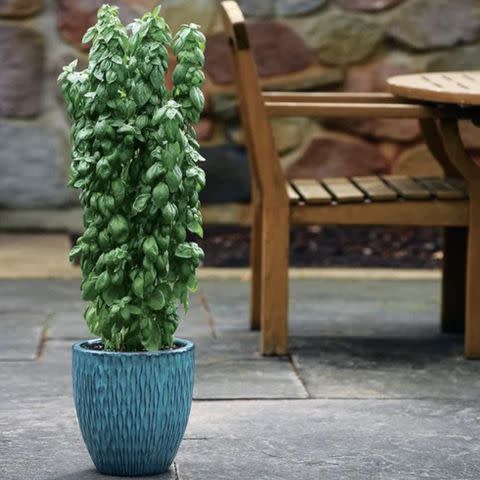
Park Seed
Basil loves the heat, but it can lose steam when the humidity soars. You may be familiar with old standbys, such as Genovese, but new columnar types, such as Everleaf Emerald Towers and Everleaf Thai Towers, boast tidy, upright forms and are more disease-resistant and slower to bolt in the heat. Plus, they’re as beautiful as they are delicious and will last until a frost.
July: Sunflower
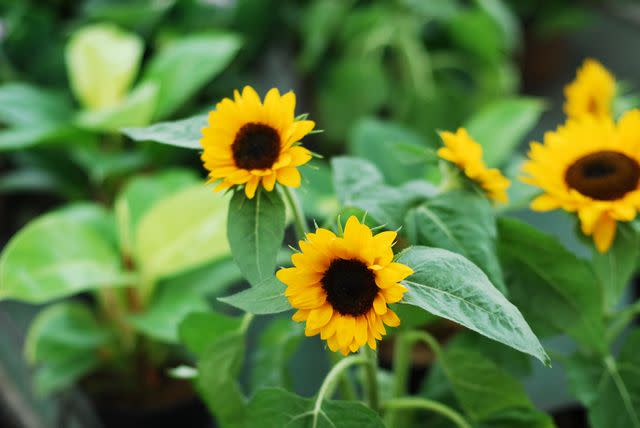
Getty Images
These sunny-faced flowers are easy to grow from seed. A summer planting will yield late summer and early fall flowers when many other annuals are fading. Plant dwarf varieties such as Teddy Bear in pots, or try Ring of Fire for its unique bi-color flowers in autumn hues.
August: Houseplant with Colorful Foliage
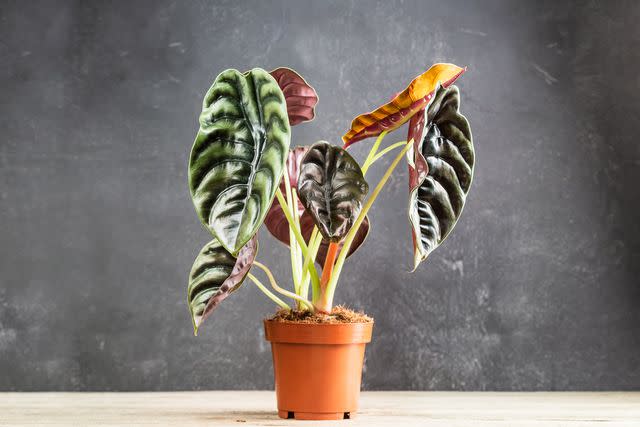
Getty Images
If it’s just too hot to garden right now, consider adding to your houseplant collection. Though you may have plenty of reliable favorites such as Monstera, pothos, and snake plant, opt for something with more colorful foliage. Alocasia comes in varieties that have silvery or black foliage, while calathea, or rattlesnake plant, boasts gorgeous spotted or striped foliage with burgundy undersides. Give both of them bright indirect light and wait to water until the top inch of soil feels dry.
September: Trees for Fall Color
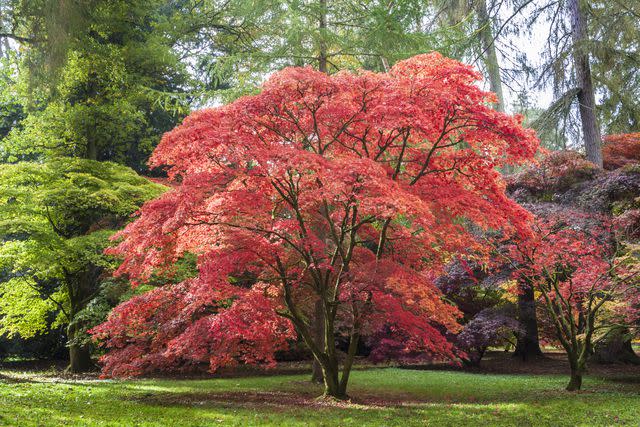
Getty Images
You don’t have to journey to Vermont to see autumn foliage; many species suited to the South offer stunning fall color. Autumn also is a great time to plant because milder conditions help your tree establish a sturdy root system before next summer’s heat and humidity kick into high gear. For eye-catching autumn color, plant trees such as Red Maple, Japanese Maple, Serviceberry, and Black Gum.
October: Winter Pansies
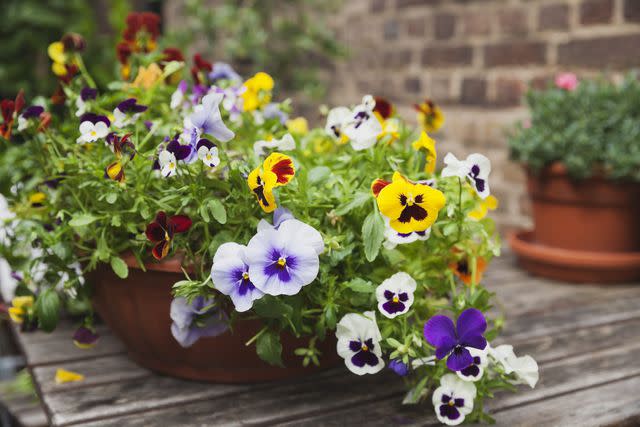
Winter pansies, also called ice pansies, offer pops of brilliant color in shades ranging from gentle pastels to bi-color varieties. They can be planted in beds and containers and bloom well into spring, perking back up after a freeze. Given some afternoon shade in summer, they may come back for several years.
November: Paperwhites
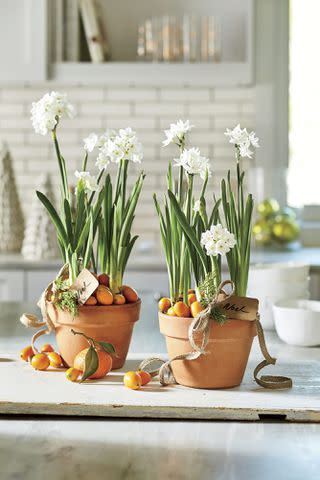
Pot up some paperwhites (Narcissus tazetta) for a fun holiday project or gift idea. These tender bulbs are a great way to add some color and fragrance to your home throughout the holidays. You can plant paperwhites in soil or on top of pebbles, but start the process about 4 to 6 weeks ahead of time from when you want blooms.
December: Cyclamen
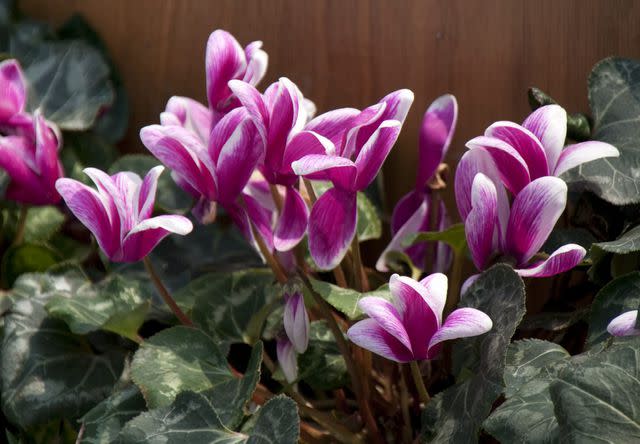
You’ll find florist’s cyclamen sold everywhere at the holidays alongside other iconic favorites such as poinsettias. They’re a cheery holiday plant that add bright color to tabletops with their handsome heart-shaped foliage and pink, white or red fluttery blooms, which last for weeks. Some species can be grown in the garden as a groundcover; they’ll go dormant in summer.
For more Southern Living news, make sure to sign up for our newsletter!
Read the original article on Southern Living.

